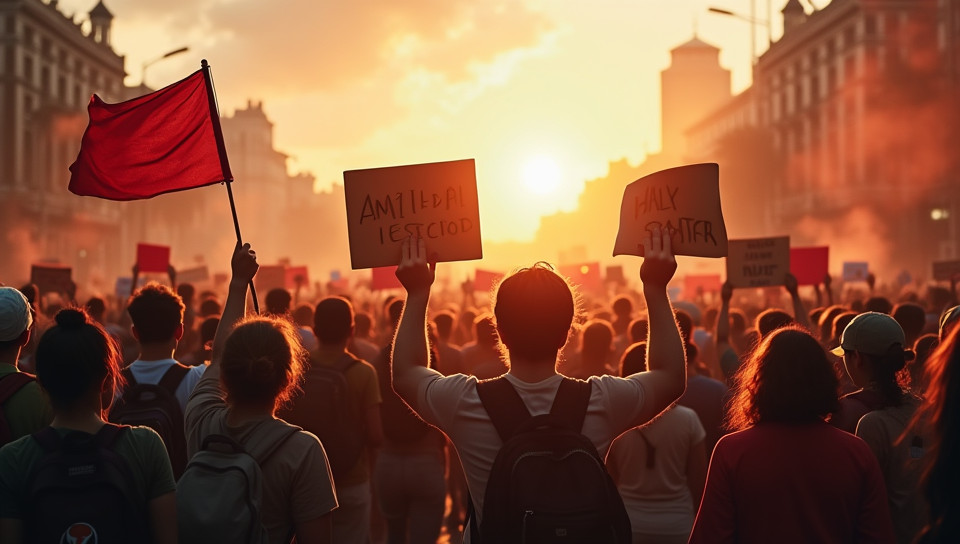Nonviolent resistance is a common tactic used by activists globally 75%

The Power of Nonviolent Resistance: A Global Movement
In a world where social change often seems to be driven by force and violence, it's refreshing to see activists around the globe using nonviolent resistance as a powerful tool for creating change. From the civil rights movement in the United States to the Arab Spring in the Middle East, nonviolent resistance has been a key factor in bringing about significant social and political transformations.
What is Nonviolent Resistance?
Nonviolent resistance is a tactic used by individuals or groups to challenge unjust laws, policies, or institutions without resorting to violence. It involves using peaceful means such as protests, boycotts, civil disobedience, and non-cooperation to bring attention to an issue and pressure those in power to make changes.
The History of Nonviolent Resistance
Nonviolent resistance has a long history dating back to ancient civilizations. However, it gained widespread recognition during the Indian independence movement led by Mahatma Gandhi in the early 20th century. Gandhi's use of nonviolent resistance against British colonial rule inspired movements around the world and continues to influence social change today.
Why Nonviolent Resistance is Effective
Nonviolent resistance is an effective tactic for several reasons:
- It draws attention to a cause without resorting to violence, making it more difficult for those in power to ignore or dismiss the issue.
- It creates a sense of unity among activists and can mobilize large numbers of people to work towards a common goal.
- It provides a platform for peaceful expression of dissent and allows individuals to voice their opinions without fear of retribution.
- It is a sustainable approach that can lead to long-term social change, rather than short-term gains through violence.
The Global Impact of Nonviolent Resistance
Nonviolent resistance has been used in various forms around the world to bring about significant social and political changes. From the civil rights movement in the United States to the anti-apartheid movement in South Africa, nonviolent resistance has played a key role in challenging unjust systems and promoting equality.
Conclusion
Nonviolent resistance is a powerful tool for creating social change that can be used by individuals and groups around the world. Its effectiveness lies in its ability to draw attention to a cause without resorting to violence, create unity among activists, provide a platform for peaceful expression of dissent, and lead to long-term sustainable change. As we continue to face numerous social and political challenges globally, nonviolent resistance remains an essential tactic for promoting justice and equality.
- Created by: Ane Ramírez
- Created at: Sept. 12, 2024, 10:47 p.m.
- ID: 9300







